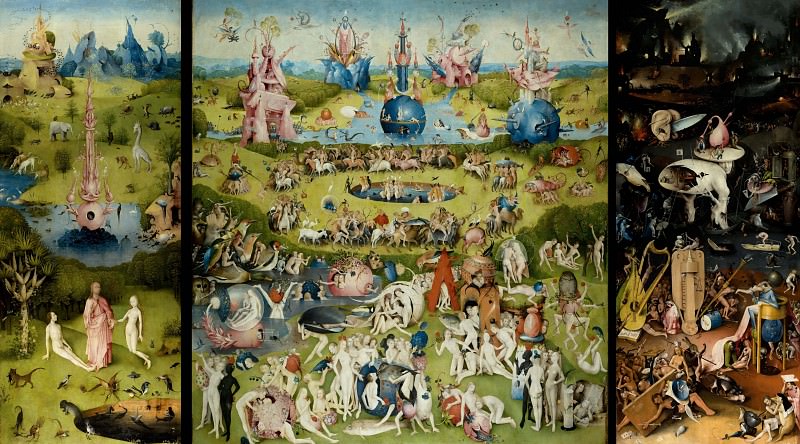The Art of Amrita Sher-Gil: A Masterpiece of Modern Indian Art
Amrita Sher-Gil, a pioneering figure in modern Indian art, remains a luminous icon whose influence endures to this day. Her work transcends traditional boundaries, blending Western artistic techniques with Indian themes to create a unique, deeply resonant body of work. This article explores the life, art, and legacy of Amrita Sher-Gil, highlighting the aspects that define her place in the pantheon of great artists.
Early Life and Influences
Amrita Sher-Gil was born on January 30, 1913, in Budapest, Hungary, to a Sikh father and a Hungarian mother. Her multicultural background played a crucial role in shaping her artistic sensibilities. Moving to India in 1921, she was exposed to diverse cultural influences that profoundly impacted her work. From a young age, Sher-Gil displayed an extraordinary talent for painting, which was nurtured through formal education and extensive travel across Europe.
Sher-Gil’s early exposure to the artistic environments of Europe, particularly her studies in Paris at the Académie de la Grande Chaumière, allowed her to engage with modernist movements such as Impressionism and Post-Impressionism. These experiences helped her develop a distinctive style that combined Western techniques with Indian subject matter, creating a bridge between two rich artistic traditions.
Thematic Explorations in Sher-Gil’s Art
Amrita Sher-Gil's paintings are characterized by their rich exploration of themes related to Indian life, culture, and the human condition. Her work often delves into the lives of women and rural communities, offering a nuanced perspective on their struggles, joys, and daily experiences. Sher-Gil’s art is known for its emotive use of color and form, which brings forth the intensity and vibrancy of her subjects.
In her early works, Sher-Gil focused on the depiction of traditional Indian scenes, such as village life and rural landscapes. These paintings often feature strong, vivid colors and bold brushstrokes, reflecting both the vitality and the harsh realities of rural existence. Her portrayals are not merely aesthetic; they carry a profound social commentary, providing insight into the socio-economic conditions of the time.
The Evolution of Style
As Sher-Gil’s career progressed, her style evolved significantly. Her later works are marked by a greater integration of Western modernist techniques with Indian themes. This fusion is evident in her use of composition, color, and form. Sher-Gil’s mature style is characterized by its departure from the strict realism of her earlier works, embracing instead a more abstract approach that still remains grounded in Indian cultural contexts.
One of her most notable works, "The Bride's Toilet," exemplifies this evolution. The painting, which depicts a bride in traditional attire, captures both the beauty and the isolation of the subject. The use of vibrant colors and dynamic composition highlights Sher-Gil’s ability to convey complex emotional states through her art. This piece, like many others, reflects her interest in the inner lives of her subjects, making her work both deeply personal and universally relatable.
Impact and Legacy
Amrita Sher-Gil’s impact on Indian art is profound and lasting. She is often referred to as one of the greatest Indian artists of the 20th century, and her work continues to influence contemporary artists. Her ability to blend Western modernist techniques with Indian themes has inspired a generation of artists who seek to navigate and integrate multiple cultural influences in their work.
Sher-Gil’s legacy is also preserved through various exhibitions and retrospectives that showcase her work to new audiences. Her paintings are housed in prestigious collections, including the National Gallery of Modern Art in New Delhi, where they continue to attract and inspire art enthusiasts and scholars alike.
Her life was tragically cut short when she passed away at the age of 28 in 1941, but her contributions to the world of art remain significant. Sher-Gil’s work is celebrated not only for its aesthetic qualities but also for its capacity to provoke thought and reflection on the human condition.
The Influence on Contemporary Art
Amrita Sher-Gil’s influence extends beyond her lifetime, impacting contemporary artists and movements. Her innovative approach to integrating Western and Indian artistic traditions has paved the way for future generations to explore and experiment with cultural fusion in art. Sher-Gil’s legacy is evident in the works of many contemporary Indian artists who continue to draw inspiration from her unique style and thematic concerns.
Moreover, her exploration of gender and socio-economic issues remains relevant today. Sher-Gil’s focus on the lives of women and rural communities provides a historical perspective that continues to resonate in discussions about social justice and representation in art. Her work serves as a reminder of the power of art to address and reflect upon critical societal issues.
Conclusion
Amrita Sher-Gil’s artistic journey is a testament to her exceptional talent and visionary approach. Her ability to merge diverse artistic influences with a deep understanding of Indian culture has left an indelible mark on the world of art. Through her innovative use of color, form, and composition, Sher-Gil created a body of work that is both aesthetically captivating and profoundly meaningful.
As we reflect on Amrita Sher-Gil’s contributions to art, it becomes clear that her legacy is one of enduring influence and inspiration. Her work continues to captivate audiences and inspire artists, ensuring that her impact on the art world remains as vibrant and relevant as ever.




